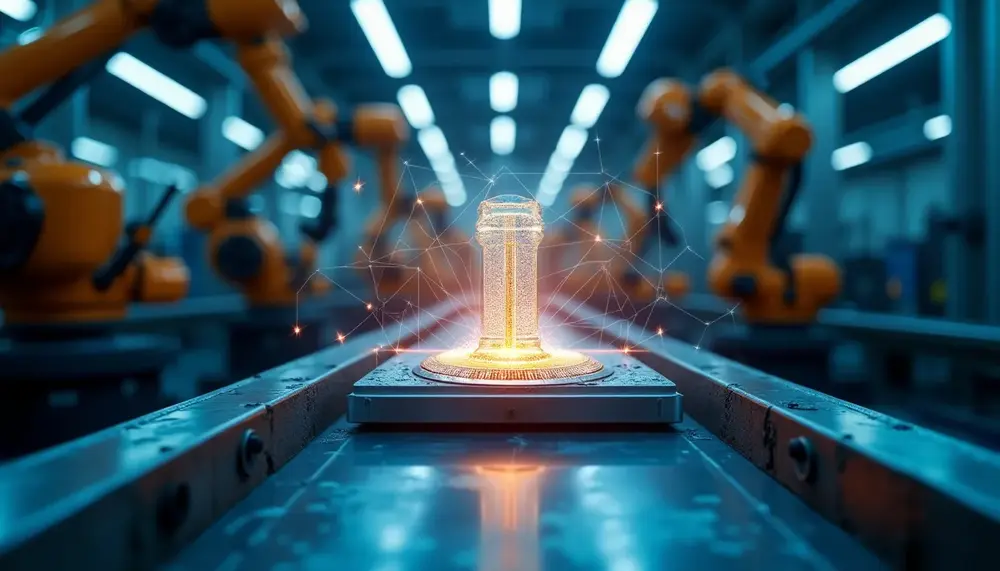Proof of Work
Proof of Work
What is Proof of Work?
Proof of Work (PoW) is a critical concept in the cryptocurrency world, operating as the backbone of various digital currencies, including Bitcoin. PoW is a consensus mechanism that ensures that transactions are secure and that they can be trusted without the need for a central authority.
How Does Proof of Work Function?
To complete a transaction on a blockchain using PoW, miners compete to solve complex mathematical problems. The first miner to solve the problem gets the right to add a block of transactions to the blockchain. They are then rewarded with cryptocurrency for their efforts. This process is known as mining.
Why is Proof of Work Important in Cryptocurrency?
PoW provides security for the network. It makes it extremely difficult for attackers to alter any aspect of the blockchain, because they would need to redo the work for each subsequent block. As a result, PoW aids in preventing fraud and maintains the integrity of the blockchain.
Proof of Work and Energy Consumption
However, it's important to mention that PoW requires substantial amounts of energy. The computers needed to solve the mathematical problems consume a lot of electricity, leading to concerns about the environmental impact of cryptocurrencies that use Proof of Work.
Proof of Work in All-in-One Platforms
In platforms that combine multiple services, including exchanges, wallets, and trading functionalities, Proof of Work can play a significant role. It ensures transaction integrity and security across the entire platform, providing users with a safe and reliable environment for their cryptocurrency activities.
Blog Posts with the term: Proof of Work

The Bitcoin whitepaper, published in 2008 by the pseudonymous Satoshi Nakamoto, outlines a decentralized digital currency system that addresses issues like high transaction fees and fraud risks inherent in traditional financial systems. It introduces key concepts such as decentralization and...

The article explores the future of TRON Coin (TRX), detailing its current market status, short-term price predictions, and long-term growth potential. Key factors influencing TRON's trajectory include technological advancements, market sentiment, regulatory environment, adoption rates for decentralized applications (dApps) and...

Bitcoin mining secures the Bitcoin network by solving complex mathematical problems using specialized hardware, which verifies transactions and adds new bitcoins into circulation. Miners compete to solve these puzzles for rewards, ensuring transaction legitimacy and preventing double-spending while maintaining network...

Ethereum is a decentralized blockchain platform enabling smart contracts and dApps, proposed by Vitalik Buterin in 2013. Its native cryptocurrency, Ether (ETH), facilitates transactions and computational services on the network, with key features including decentralization, gas fees for operations, and...

